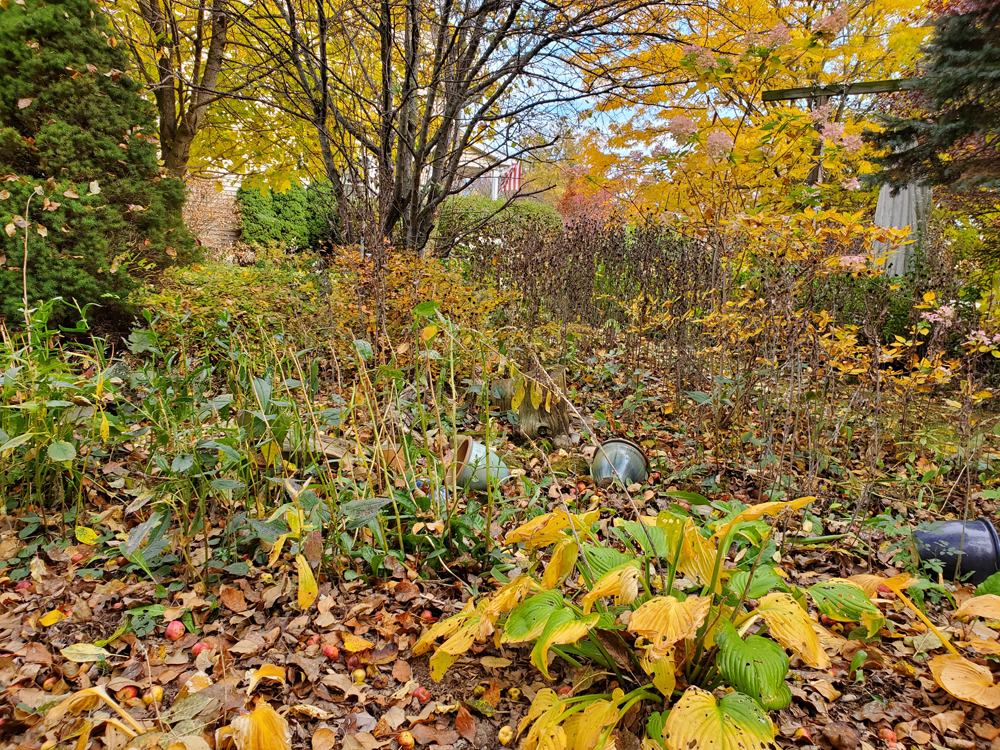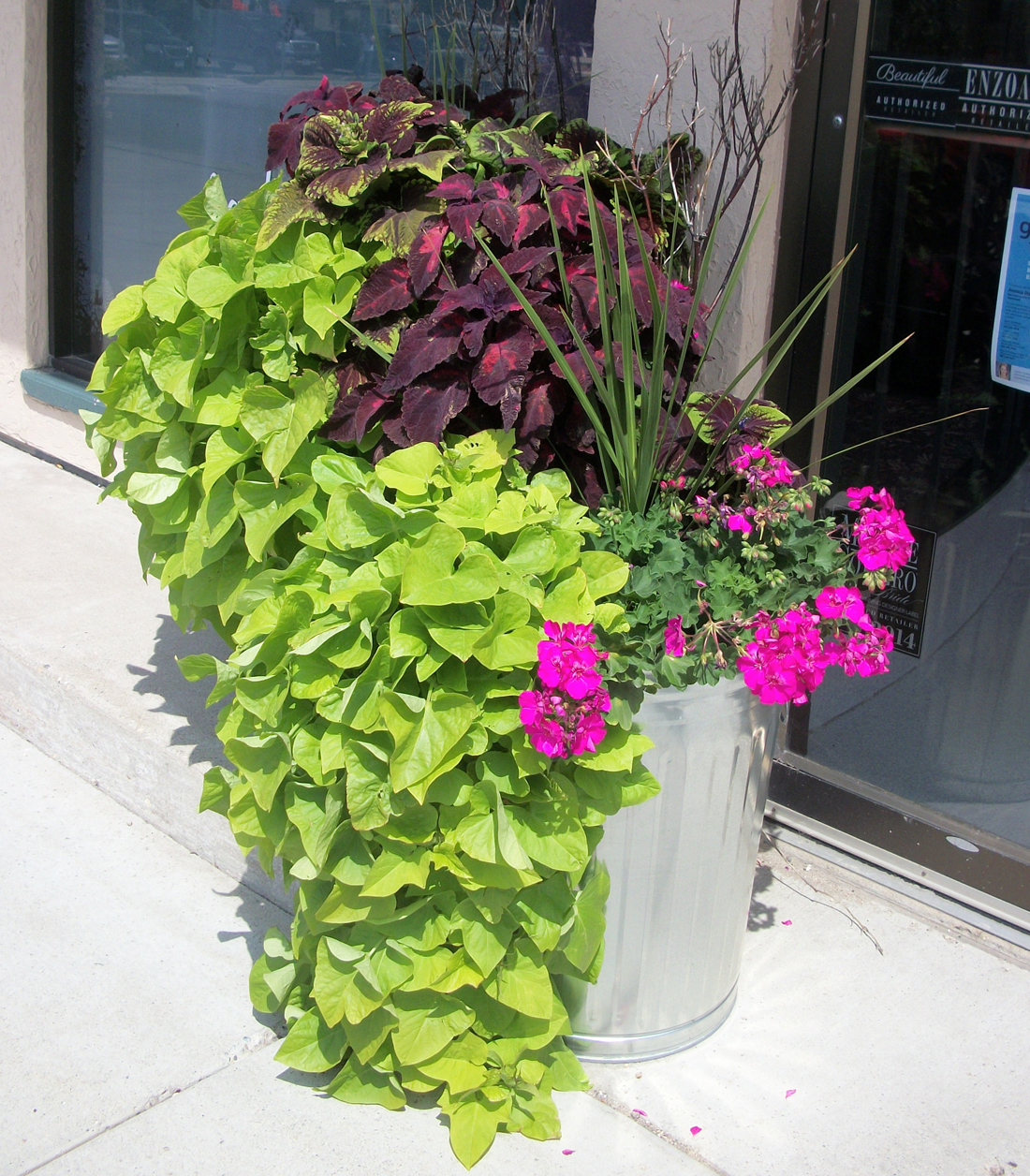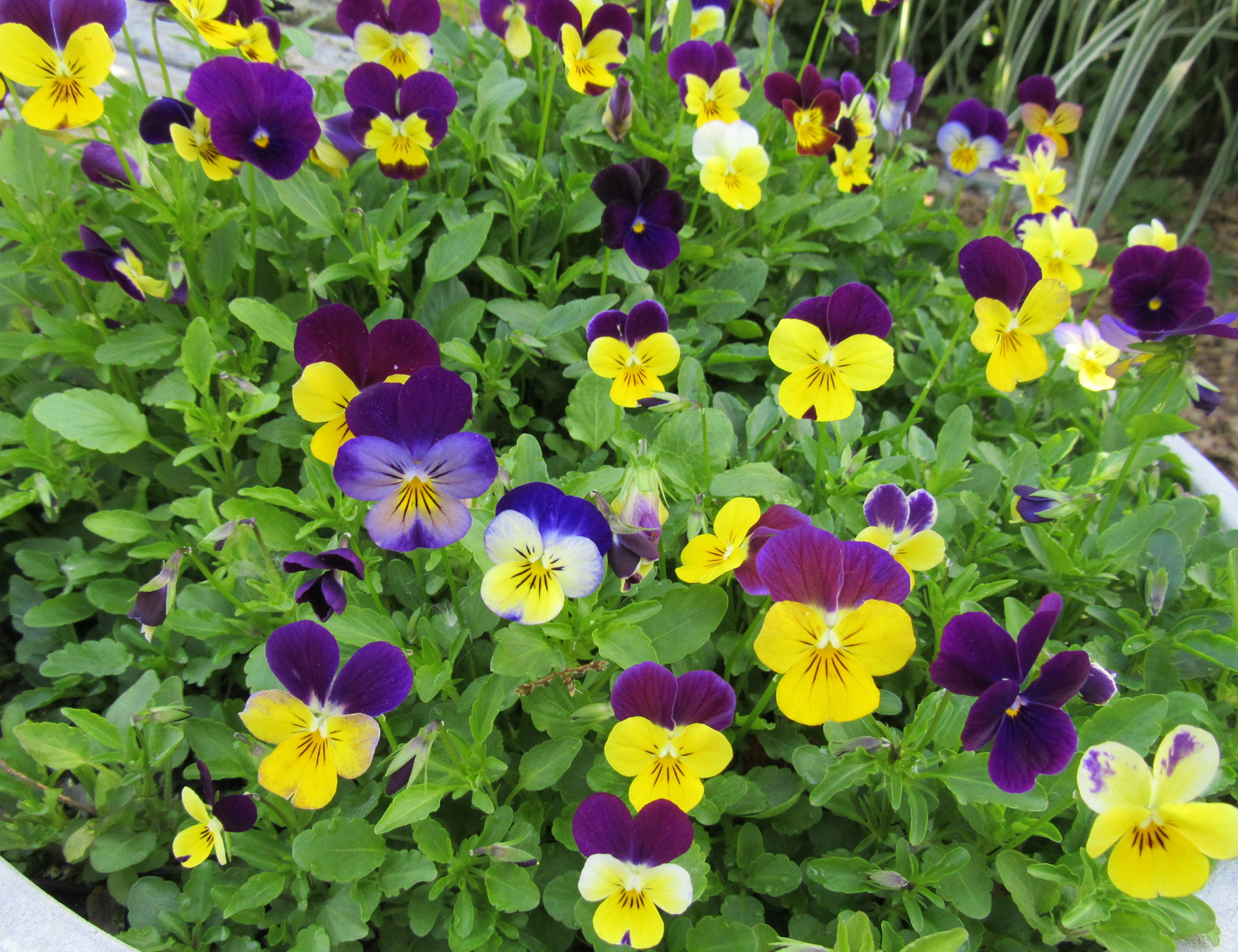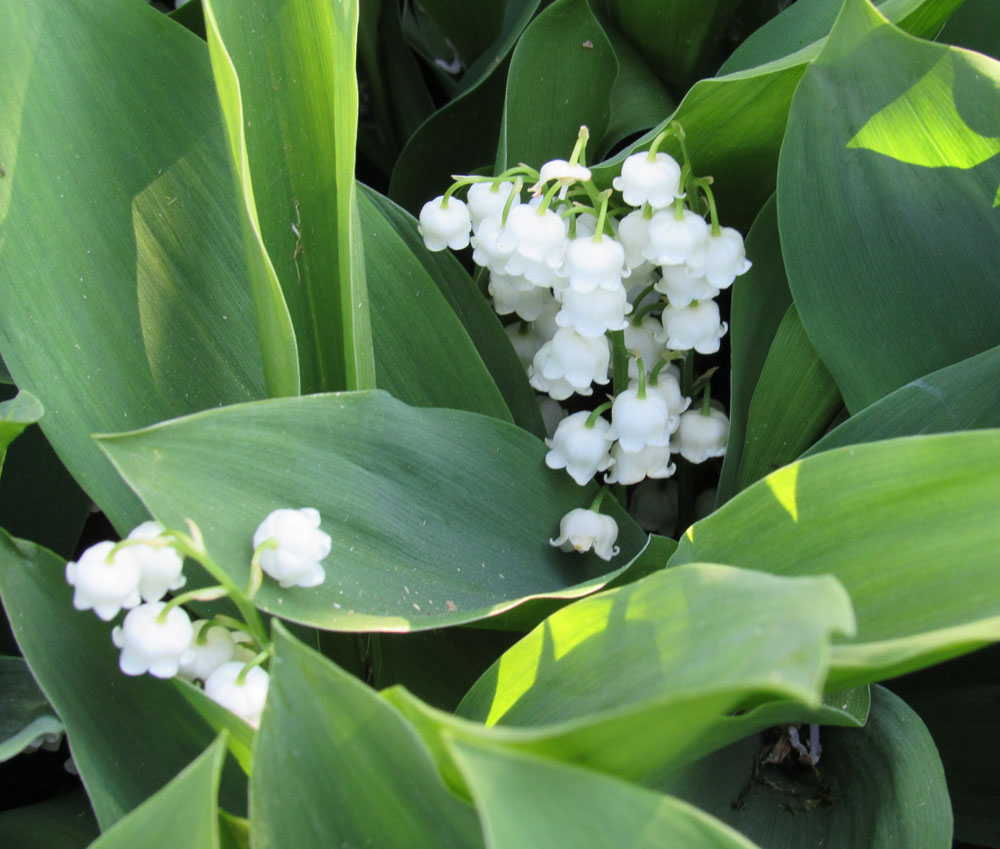Lawn alternatives

How do you use your lawn? For outdoor sports activities and games? For an outdoor play area for children? For a place for pets to run and play? Or does your lawn get very little use?
If your lawn is largely unused, there are many landscape alternatives for you to consider. Lawns create a monoculture in your landscape and often require costly and constant maintenance. Pesticides use, water waste, and pollution are all draw-backs to having the perfect lawn and even organic methods can be time consuming and expensive.
There are several reasons reducing the size of your lawn may be desirable. If your yard has a steep slope, too much shade or has unsuitable soil for turf grass. If you want to manage stormwater runoff, or if you are looking to add more diversity, beauty and ecological value to your landscape.
The University of Maryland Extension offers a number of ways to replace all or just a portion of your lawn. Ground covers are one of them. They spread, but do not get tall enough to mow. They work well on steep slopes and narrow driveway strips. Given time, perennial evergreen ground covers can choke out weeds. Until the ground cover is established, you will have to weed and mulch. Avoid invasives like periwinkles, Japanese spurge, and Ajuga reptans. Native options include common blue violet, Virginia creeper, Matteuccia struthiopteris (ostrich fern), Hypericum prolificum (shrubby St. John’s wort), and Monarda didyma (scarlet bee balm).
Ornamental grasses have few pest or disease problems, are drought resistant and low maintenance. Stunning displays can be created with different textures and heights of various grasses. There are many beautiful possibilities including native switchgrass (Panicum virgatum), little blue stem (Schizachyrium scoparium), and yellow indiangrass (Sorghastrum nutans).
Garden beds and borders are obvious alternatives to lawns. Consider options that help attract and support wildlife like native gardens, pollinator gardens, or wildlife gardens. Use a variety of plants that bloom at various times of the year. Native plants provide nectar, pollen, berries, seeds and bird nesting sites.
Rain gardens help improve water quality and wildlife habitat and slow down rainwater runoff, as well as increase water filtration into the soil. Building a rain garden is a labor-intensive process – so be prepared if you are interested in attempting this one. Edible landscaping is another option and includes vegetable, herb and fruit gardens.
Meadows are a consideration if you have a large area that receives at least six hours of sunlight each day. They can help enhance biodiversity by providing food and shelter for birds, pollinators, and other insects.
Meadows are made up of 50 to 70 percent native grasses and floweringnative perennial plants, but again, the University of Maryland warns that native meadows can be expensive to establish and take several years to reach maturity. Another word of warning: wildflower seed mixes commonly found in stores typically contain annuals that are not native and will not survive in the long-run.
Lastly, even trees can offer an alternative to lawns. They provide shade, help reduce home energy costs, provide privacy, and add value to your property.







